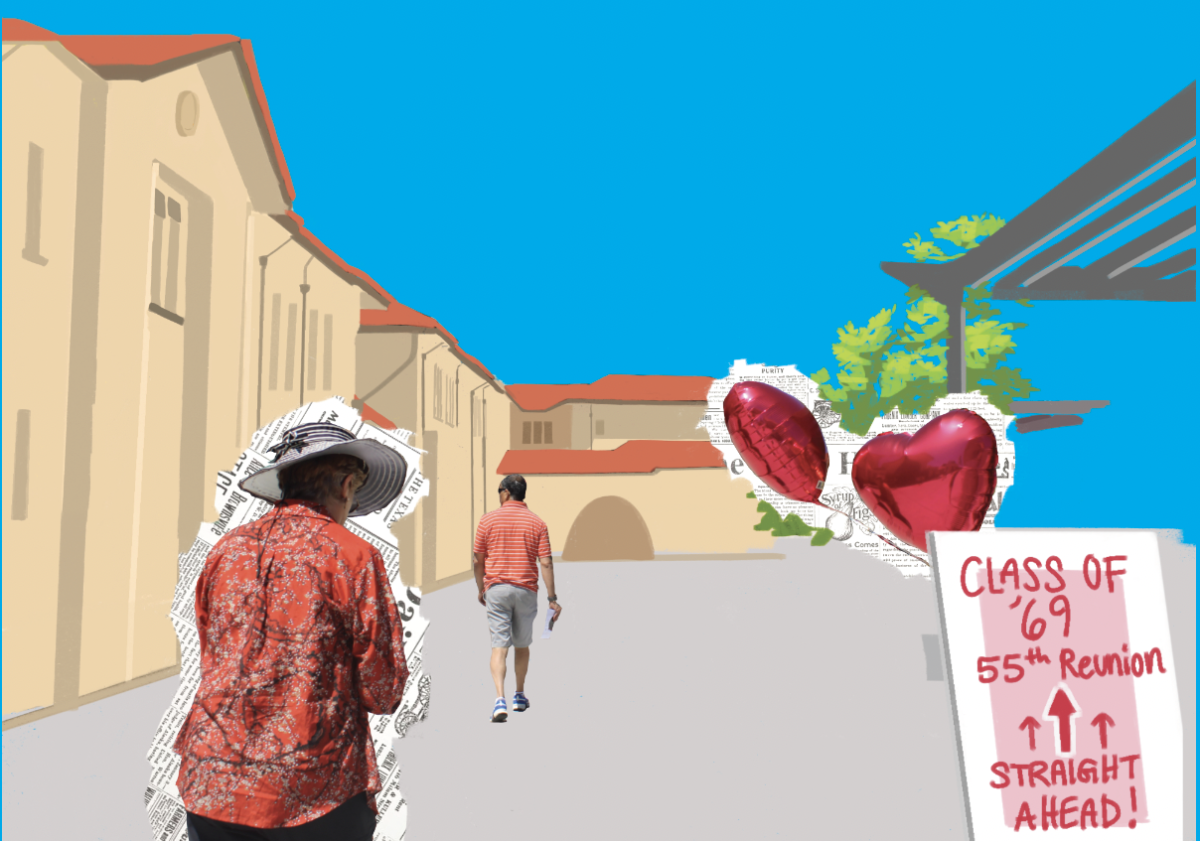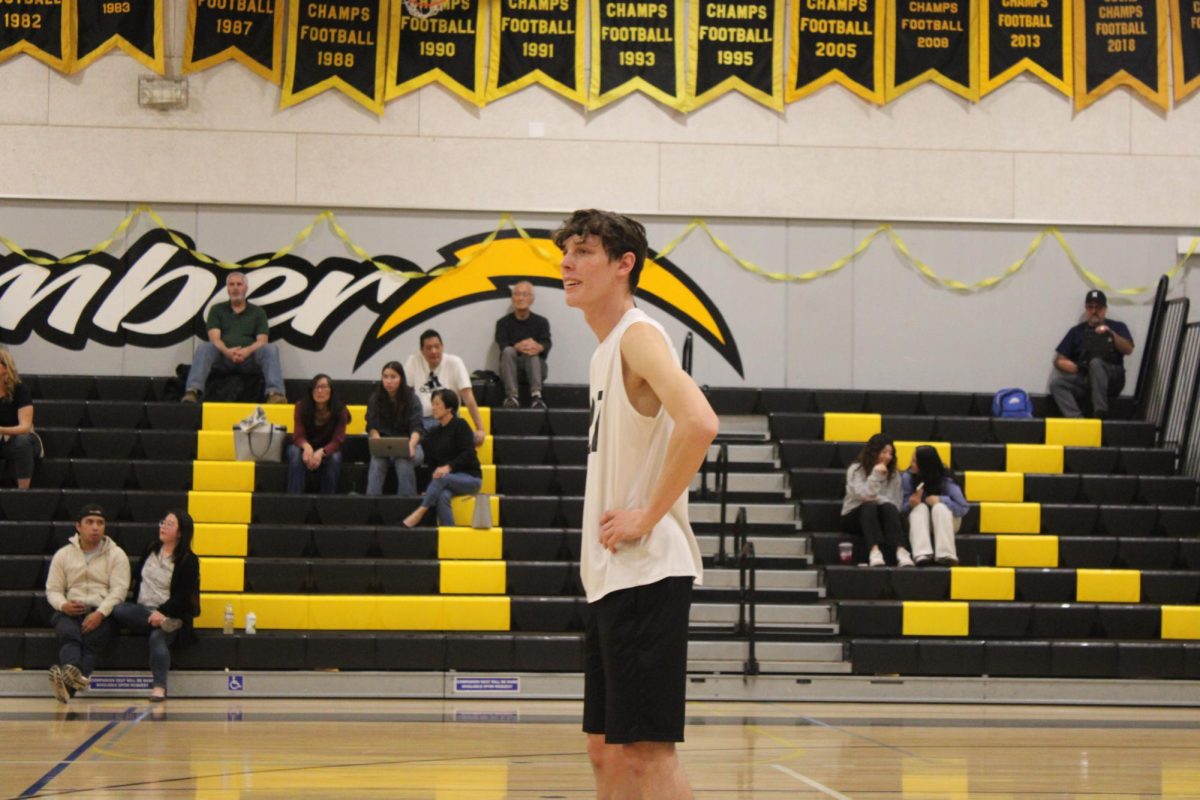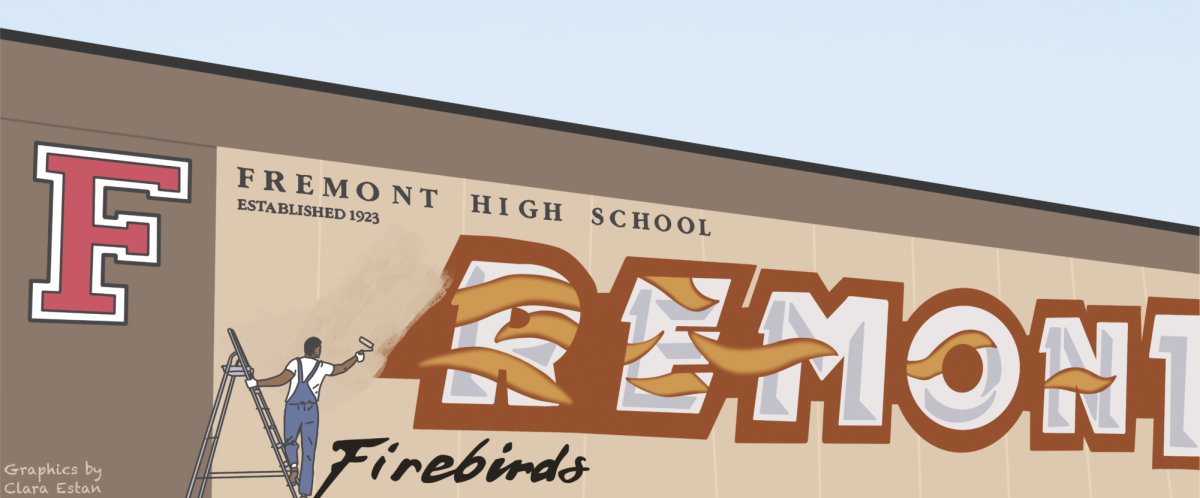Every year, the international Great ShakeOut earthquake preparedness drill is scheduled towards the end of October. On Friday, Oct. 20, 2023, the FHS students and teachers received notifications on their phones alerting them of the drill. Coincidentally, less than an hour later, students were told over public address speakers that there was a real earthquake nearby. The coincidence brought up the question: How prepared are FHS students in the case of an emergency?
California law typically requires public schools to have at least one fire drill a month and one earthquake and lockdown drill per year. When FHS had a lockdown drill last May, teachers covered their door windows with black paper and turned off all the lights while students stayed quiet. This is a sharp contrast to the thorough lockdown drills from elementary and middle school.
“The lockdown drills [have] to be coordinated with law enforcement,” FHS engineering teacher Bob Capriles said. “I think there’s a bit of a logistical issue there that needs to be resolved.”
Capriles explained how safety protocols have changed over the years. While in the past, students were told to barricade their classroom doors in the event of an on-campus threat, the Sunnyvale Department of Public Safety recently informed the school that this strategy would be ineffective; in most cases of an active shooter on campus, the event is over within three to five minutes, which is not enough time for students to push and stack their desks up against the door. According to the public safety department, the new protocol in the case of an active shooter is to get off campus and be as far away from the shooting as possible.
“Last year, we did an assembly about bullying and anti-Semitism. We can do a similar thing, but instead of being culture related, it’s more safety related,” FHS history teacher Thomas Hammond suggests an alternative to having drills. “We can bring in police officers and they can give us the lowdown, [about] the steps that you need to take and the ways things usually play out.”
Hammond explains how assemblies would ensure that all students receive the same information because it can be difficult. Teachers might give their students varying instructions on what to do during an emergency, which can lead to chaos and put students and staff at risk.
“During earthquake drills [some] teachers aren’t even really enforcing anything, they won’t stop class,” senior Zoee Davis Marsh said. She explained how her teacher told her class to ignore the drill when they were taking a test.
Since people assume that a natural disaster or active shooter event would never happen to them, it is easy to dismiss drills as a waste of time. By preparing students and staff in the case of an emergency, many lives can be saved.




















